МОНОГРАФІЇ
Mazurets O.Method for Using of Production Knowledge Model in Intellectual Adaptive Semantic Testing. Innovations in the Education of the Future: Integration of Humanities, Technical and Natural Sciences : International collective monograph. Faculty of Information Technology, Czech Technical University. Prague, 2023. P.340-360. ISSN 0-745110-169734. DOI 10.5281/zenodo.10259802
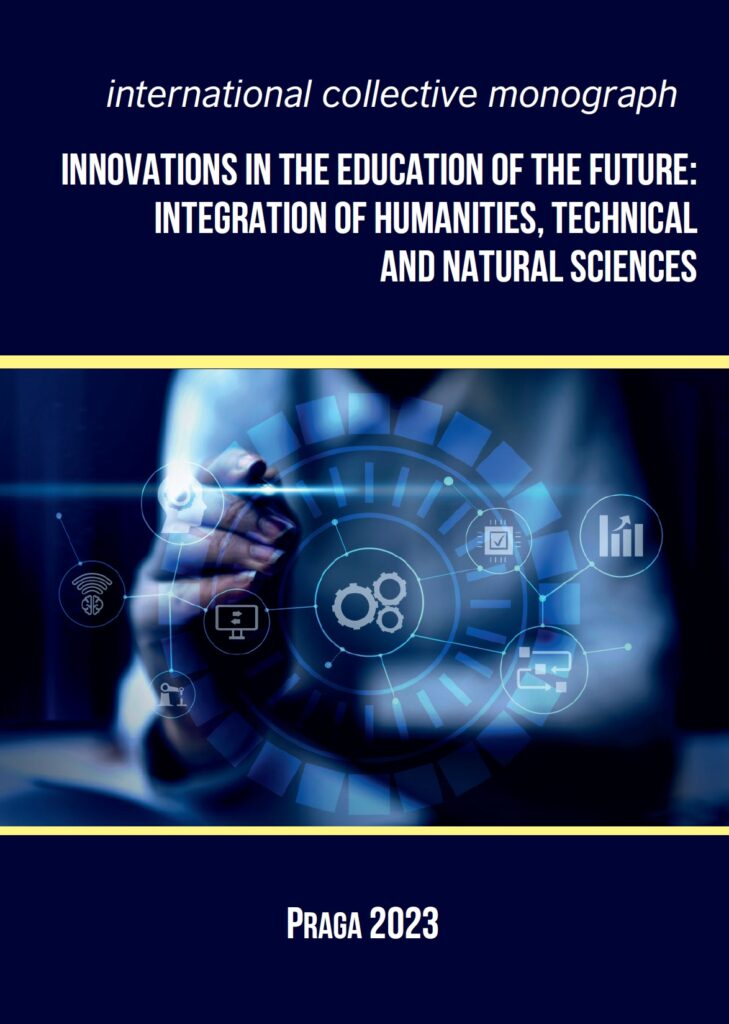
Considered the method for using production knowledge model in intellectual adaptive semantic testing that allows to calculate the estimation of knowledge level of educational materials by using indicators of semantic importance of key terms for adaptive test tasks selection in testing. Each test task allows to purposefully check the knowledge level of separate semantic units of educational materials key words and phrases. It is assumed that increasing the depth of learning of educational material semantic content has the effect of learning less semantically important units of educational materials. Semantic terms are related to the semantic structure of educational material in the form of rubricational system. Test tasks are related to elements of educational material content, knowledge level of which they are tested. In the process of testing, the level of knowledge of each of semantic structure elements of the educational material is consistently adaptively determined. Final grade is calculated based on level of knowledge of semantic structure elements results. As a result of adaptive selection of test tasks, their maximum possible diversity in the final set is reached, because following criteria of production rules are considered: relevant fragment of educational content has not been checked, test tasks of corresponding type were used the least, test task has not been used yet, the test task does not contain less important semantic units. In the developed method for using production knowledge model in intellectual adaptive semantic testing, production rules are used both for generating test tasks and for choosing further actions in various situations during adaptive testing.
Сергієнко І.В., Крак Ю.В., Бармак О.В, Манзюк Е.А., Куляс А.І. Інтелектуальні інформаційні технології: людиноцентрований підхід, принципи етики та довіри. Монографія. – К: Наукова думка, 2023. – 310 с.

Монографію присвячено актуальним проблемам моделювання та розроблення інтелектуальних інформаційних технологій з генерації довірчих рішень для використання в критичних і соціальновідповідальних системах.
Розглянуто етичні засади формування довіри за людиноцентрованим підходом і методи реалізації складових довіри та підходи з формування систем прийняття рішень, розроблення онтології довіри з метою встановлення структурних складових поняття довіри та визначення відносної вагової значущості кожного з них. Визначено критерії відбору систем прийняття рішень, систем оцінювання їх якості. Наведено сукупність методів із практичного втілення складових довіри та їх інтеграцію в систему прийняття рішень на рівні проєкції ментального подання на машинний рівень виконання. Наведено числові результати проведених досліджень отриманих рішень за метриками якості та оцінювання ефективності. Для фахівців у галузі кібернетики, моделювання, штучного інтелекту, побудови людино-комп’ютерних інтерфейсів, систем генерації рішень, а також студентів і аспірантів відповідних спеціальностей.
Kovalchuk O., Slobodzian V., Sobko O., Molchanova M., Mazurets O., Barmak O., Krak I., Savina N. Visual Analytics-Based Method for Sentiment Analysis of COVID-19 Ukrainian Tweets. Book Chapter. Lecture Notes on Data Engineering and Communications Technologies. 2023. Vol. 149. pp. 591–607. DOI: 10.1007/978-3-031-16203-9_33

The coronavirus pandemic is one of the leading communication topics for users on social networks. It causes different emotions in people: fear, sadness, anger, joy, and elation. Detecting sentiment about the pandemic is an acute challenge because it helps track people’s attitudes about the pandemic itself and the messages and decisions of local authorities aimed at combating the coronavirus. To address the issue, namely natural language processing, messages are processed using the TextRank vectorization method and the SVM-based two-level classification model. The first stage is the detection of tweets that are directly related to the coronavirus. The second stage means detecting the sentiment of the dataset obtained in the first stage. The classifier’s effectiveness was tested using the following metrics: precision, recall, F1-norm, and confusion matrix, and averaged about 90%. Thus, the automated detection of the sentiment of Twitter messages about the coronavirus pandemic was obtained. The approach described in the paper will allow assessing public opinion on pandemic control measures applied by the country’s governments.
Krak I., Kuznetsov V., Kondratiuk S., Azarova L., Barmak O., Radiuk P. Analysis of Deep Learning Methods in Adaptation to the Small Data Problem Solving. Lecture Notes in Data Engineering, Computational Intelligence, and Decision Making. Cham, 2022. P. 333–352. URL: https://doi.org/10.1007/978-3-031-16203-9_20
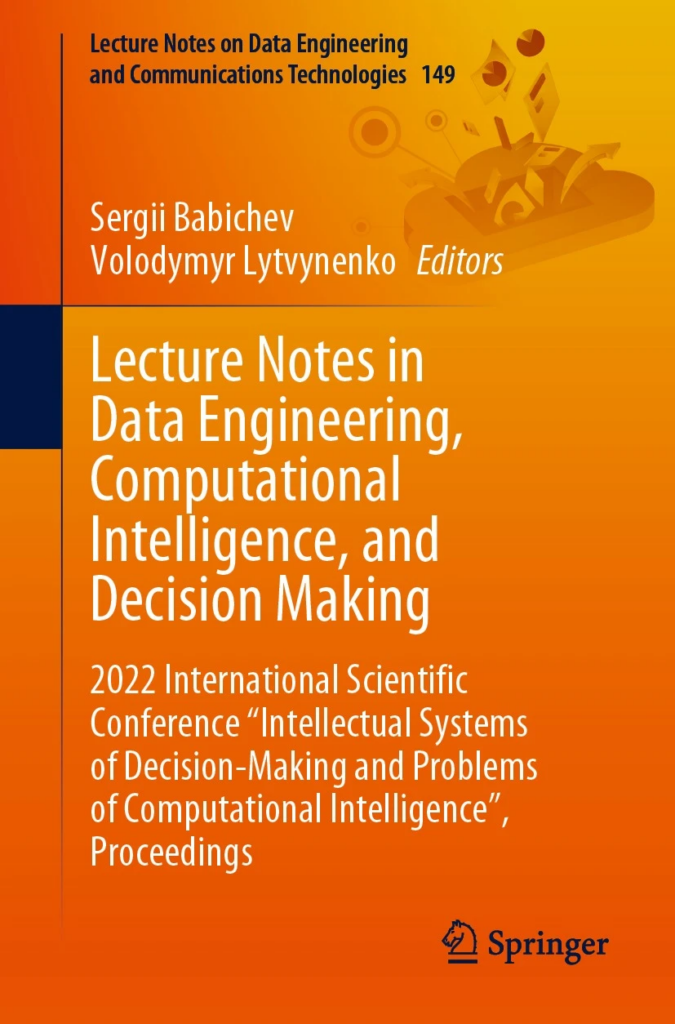
This paper discusses a specific problem in the study of deep neural networks – learning on small data. Such issue happens in situation of transfer learning or applying known solutions on new tasks that involves usage of particular small portions of data. Based on previous research, some specific solutions can be applied to various tasks related to machine learning, computer vision, natural language processing, medical data study and many others. These solutions include various methods of general purpose machine and deep learning, being successfully used for these tasks. In order to do so, the paper carefully studies the problems arise in the preparation of data. For benchmark purposes, we also compared “in wild” the methods of machine learning and identified some issues in their practical application, in particular usage of specific hardware. The paper touches some other aspects of machine learning by comparing the similarities and differences of singular value decomposition and deep constrained auto-encoders. In order to test our hypotheses, we carefully studied various deep and machine learning methods on small data. As a result of the study, our paper proposes a set of solutions, which include the selection of appropriate algorithms, data preparation methods, hardware optimized for machine learning, discussion of their practical effectiveness and further improvement of approaches and methods described in the paper. Also, some problems were discussed, which have to be addressed in the following papers.
Бармак О.В., Крак Ю.В., Мазурець О.В., Манзюк Е.А. Ментально-формальні рішення машинного навчання для інформаційної технології автоматизованого створення тестів у сфері безпеки та медицини. Інформаційні системи та технології. Стан та перспективи: монографія. Одеса: НУ «ОМА», 2021. – С.78-90.
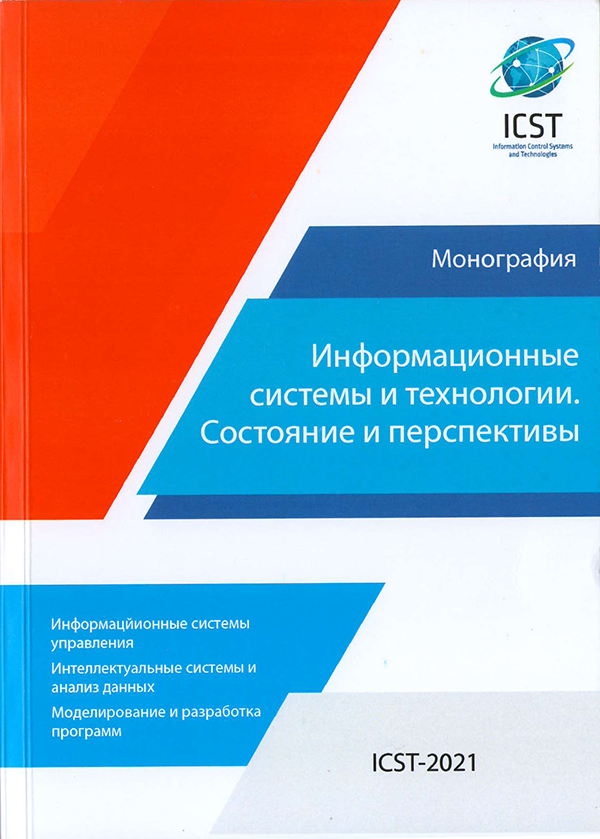
Розроблена інформаційна технологія надає повноцінний інструмент для проведення адаптивного семантичного тестування рівня знань у сфері безпеки та медицини, що забезпечує всі ланки автоматизованого тестування рівня знань від завантаження документу навчального матеріалу до обрахунку оцінки рівня його вивчення. Проведені прикладні дослідження ефективності розробленого методу, в порівнянні з традиційним алгоритмом вибору тестових завдань, встановили, що тестування забезпечило в середньому на 20,53% більш швидке проходження тесту; для визначення рівня знань знадобилося використання в середньому на 19,33% меншої кількості завдань. Інформаційна технологія адаптивного семантичного тестування рівня знань навчальних матеріалів дає можливість використовувати різні алгоритми старту тестування, динаміки тестування та оцінювання рівня знань.
Перевагою запропонованої інформаційної технології є вирішення проблеми вибору наступних тестових завдань у процесі тестування, які за параметрами максимально відмінні від використаних тестових завдань й вимагають постійного оновлення параметрів вибору. Це дозволяє збільшити повноту і рівномірність тестування, забезпечує можливість гнучкої деталізації тестування, що особливо актуально для сфери безпеки та медицини.

Krak I. V., Barmak O. V., Manziuk E. Visual analytics to build a machine learning model. Research Advancements in Smart Technology, Optimization, and Renewable Energy. IGI Global, 2021. Pp. 313-329.

One of the most interesting and promising areas of development of machine learning is the active involvement of a human in the process of building a model. However, there are problems with the effective integration of humans into a workflow. It is necessary to develop techniques and information technologies that would allow the effective use of human intellectual capabilities, thereby expanding the machine learning tools. This work considers the use of visual analytics with the goal of building a machine learning model by a human and the technique of transferring this model to the machine level. This made it possible to expand the capabilities of machine learning through the active and productive use of human intellectual abilities.
Mazurets O., Barmak O., Krak I., Manziuk E., Bahrii R. Method for adaptive semantic testing of educational materials level of knowledge. Lecture Notes on Data Engineering and Communications Technologies. 2021. Vol. 77. Pp. 491–506.
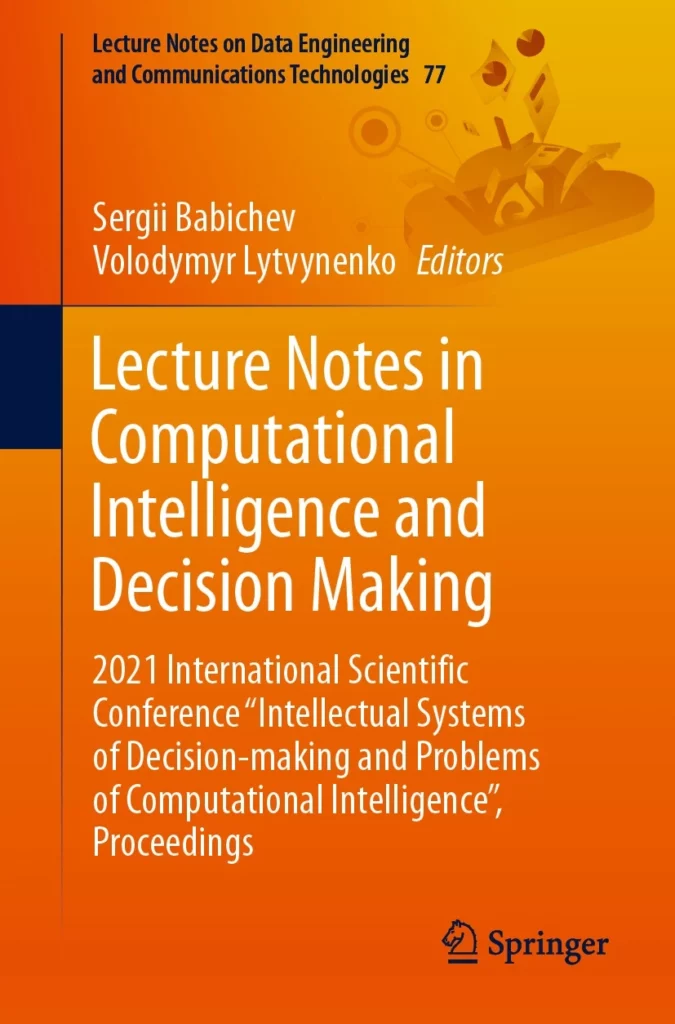
The article considers the method that allows to calculate the estimation of knowledge level of educational materials by using indicators of semantic importance of key terms for adaptive selection of test tasks in testing. Each test task allows to purposefully check the level of knowledge of separate semantic units of educational materials – semantic terms (words, phrases). It is assumed that increasing the depth of learning of educational material semantic content has the effect of learning less semantically important units of educational materials.
Krak, I., Kruchynin, K., Barmak, O., Manziuk, E., Kruchinin, S.P. Visual Analytics in Machine Training Systems for Effective Decision. NATO Science for Peace and Security Series A: Chemistry and Biology, 2020, с. 327-338
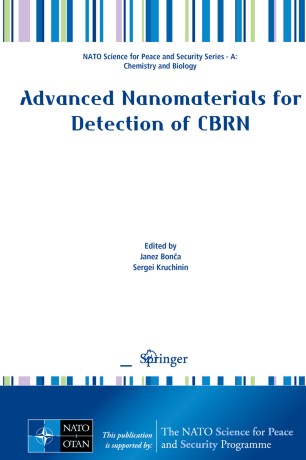
The approaches to the formation, development of a formal and mental model based on the use of visual analytics are proposed. It is based on the description of model building technologies. An example of information technology that allows getting a formal model based on the transformation of the mental model through the space of formalized universal forms is given. This allows the model to be used in a different usage and execution environment. Model development is carried out using loops the improvement of the base model or transforming the use of the model from another runtime. An example of equipment and tools for the construction and transformation of models is demonstrated.
Сергієнко І.В., Крак Ю.В., Бармак О.В, Куляс А.І. Системи жестової комунікації: моделювання та розпізнавання дактильної жестової мови. Монографія. – К: Наукова думка, 2019. – 284 с.
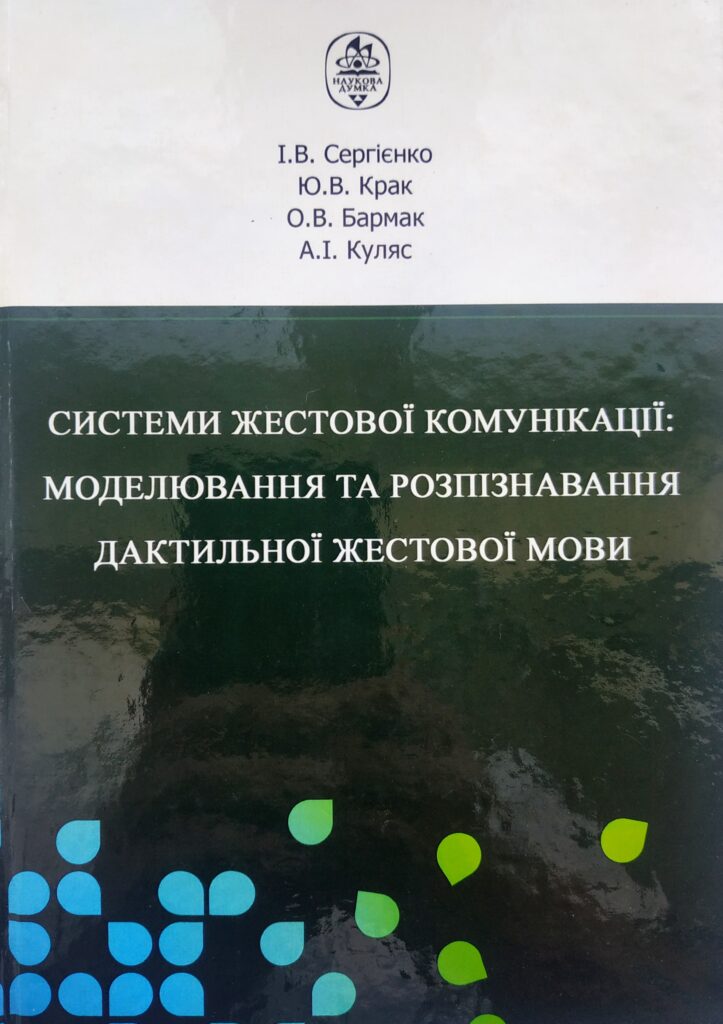
Монографію присвячено актуальним проблемам моделювання та розпізнавання дактильної жестової мови як засобу комунікації між людьми, що чують та людьми з вадами слуху.
Для фахівців у галузі кібернетики, моделювання, штучного інтелекту, побудови людино-комп’ютерних інтерфейсів, дослідження жестових мов спілкування, а також для студентів і аспірантів відповідних спеціальностей.

Peters L., Krak Iu., Barmak O., Romanyshyn S., Kotyra A., Gromaczek K., Smailova S. Information technology for automated translation from inflected languages to sign language. In monograph: Recent Advances in Information Technology. Ed. By Waldemar Wojcik, Jan Sikora. CRC Press, Taylor & Francis Group. 2018. P. 51-82
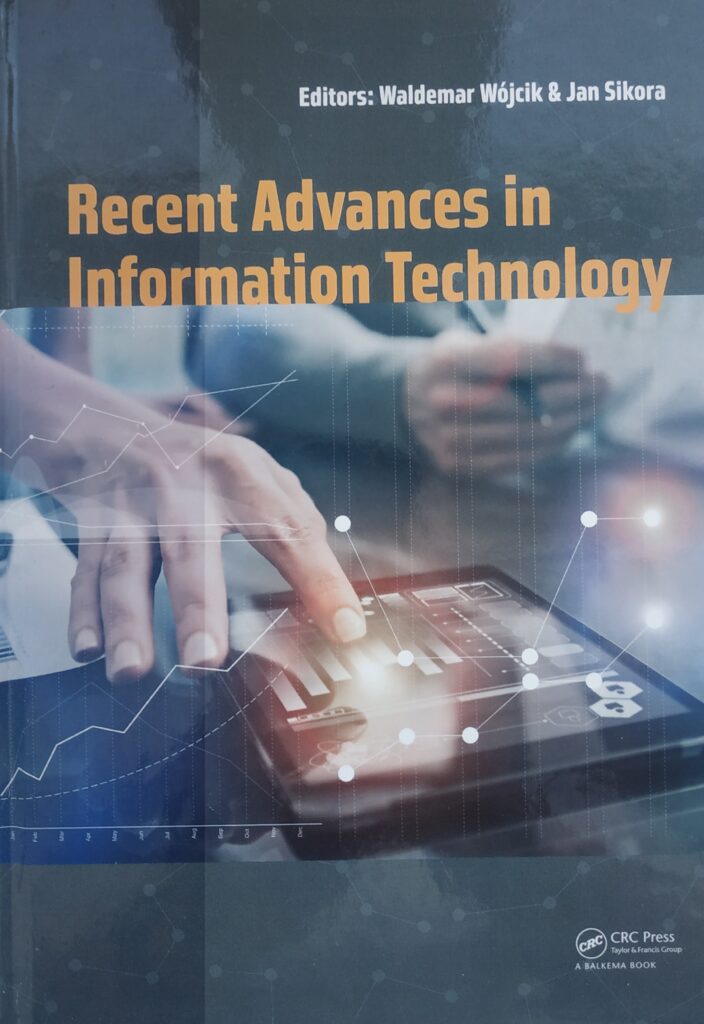
This chapter describes the information technologies that allow inflected languages to the sign languages (SL) for, using machine translation. The main aim of the research is to elaborate new computer systems for training and communication for the deaf people. One of the problems is the inclusion of deaf in active social life. Information technology for nonverbal communication of deaf could help to solve this problem. Automatic translation of inflected languages into natural SL involves the establishment of appropriate information technology.

Barmak O., Krak Iu., Romanyshyn S. Text to gestures translation for inflected languages. LAP LAMBERT Academic Publishing. 2017. – 110p
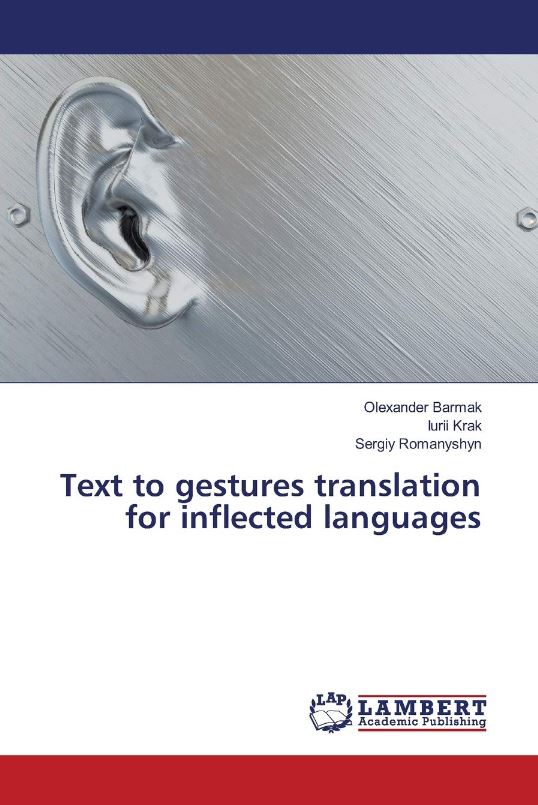
The book describes methods and information technology to implement machine translation of inflected languages to the sign language (SL) of the deaf people. The development of computer technologies helps to solve the socially significant problems, which were previously problematic, like the inclusion of deaf in active social life. The main obstacle to solving this problem is difficulty in communication between deaf and hearing people. The aim of the investigation is to create new information technology for nonverbal communication of deaf.

Ю.Г.Кривонос, Ю.В.Крак, О.В.Бармак, С.О.Романишин Системи жестової комунікації: трансформація тексту в жести. Київ, Наукова думка. 2016. – 230 с.
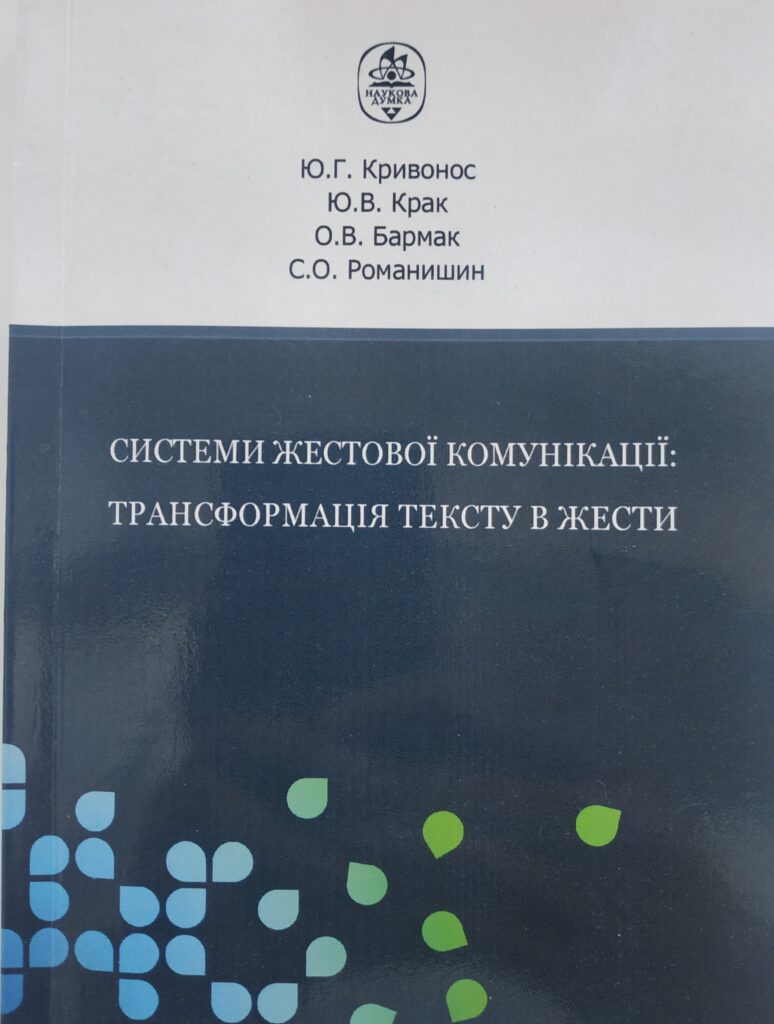
Монографію присвячено вивченню актуальної проблеми розробки інформаційних технологій для реалізації комп’ютерного перекладу вербальних мов, які характеризуються способом утворення граматичних форм слів шляхом зміни їхніх закінчень (флексій) на жестові мови з метою створення нових комп’ютерних системи навчання та комунікації для людей з вадами слуху.
Для фахівців у галузі кібернетики, моделювання, штучного інтелекту, побудови людино-комп’ютерних інтерфейсів, дослідження жестових мов спілкування, а також для студентів і аспірантів відповідних спеціальностей.

Ю.Г.Кривонос, Ю.В.Крак, О.В.Бармак Системи жестової комунікації: моделювання інформаційних процесів. Київ, Наукова думка. 2014. – 228 с.
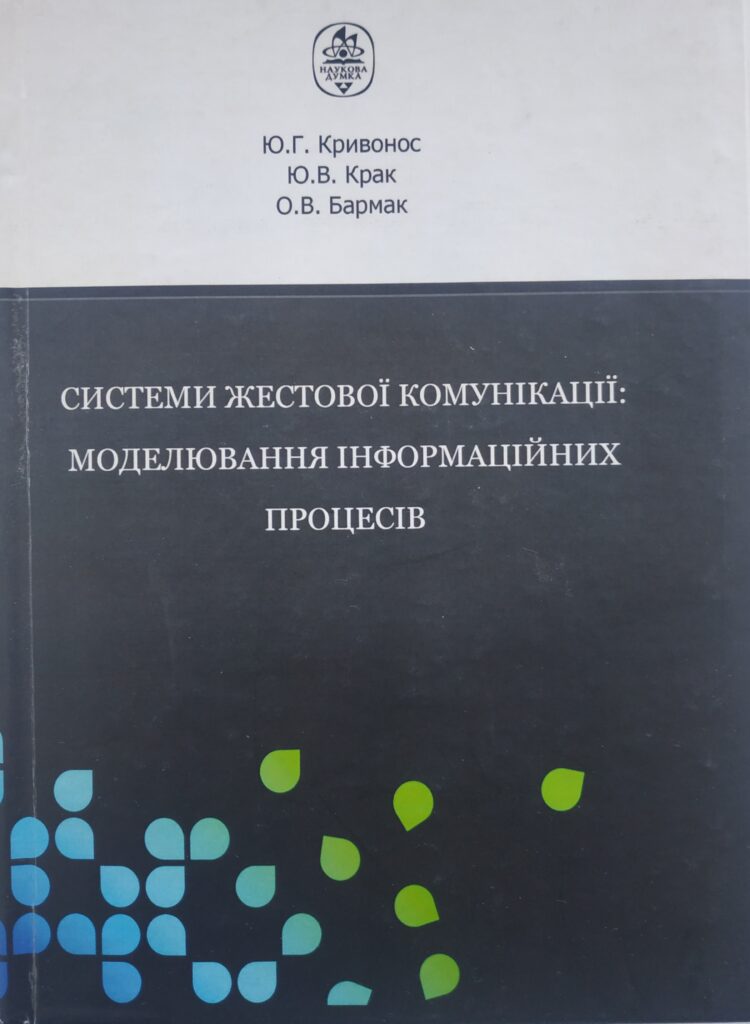
Монографію присвячено вивченню актуальних проблем моделювання невербальних каналів комунікації. Запропоновано нові методи створення віртуальних моделей людини, синтезу емоційних і мімічних складових на обличчі людини, побудови та керування рухами людини для комп’ютерного моделювання жестового мовлення.
Для фахівців у галузі кібернетики, моделювання, штучного інтелекту, побудови людино-комп’ютерних інтерфейсів, дослідження жестових мов спілкування, а також для студентів і аспірантів відповідних спеціальностей.ПАТЕНТИ, СВІДОТСТВА ПРО РЕЄСТРАЦІЮ АВТОРСЬКОГО ПРАВА НА ТВІР
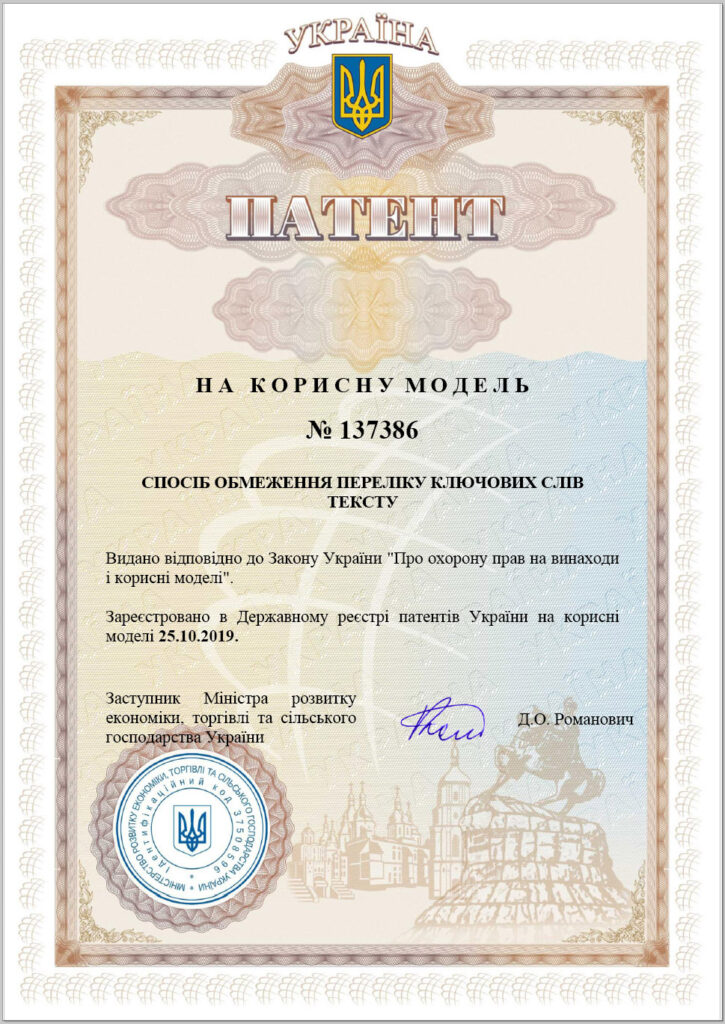
Мазурець О. В. Пат. на корисну модель 137386. Україна, МПК G06F 17/00. Спосіб обмеження переліку ключових слів тексту.
№ u201900552; заявл. 18.01.2019; опубл. 25.10.2019, Бюл. № 20.
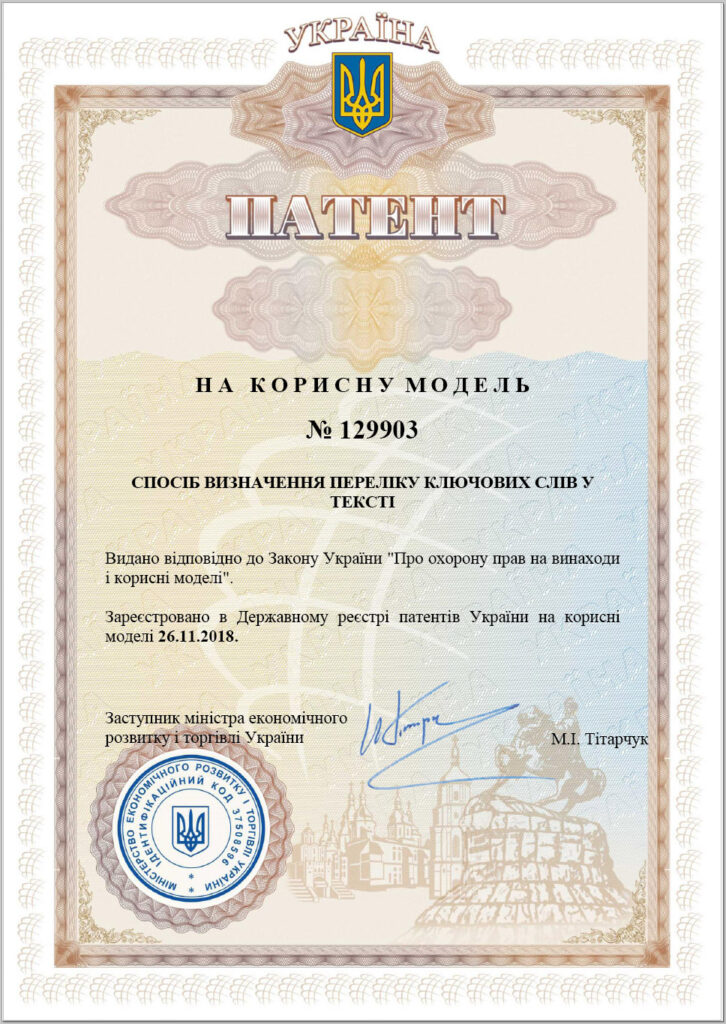
Мазурець О. В. Пат. на корисну модель 129903. Україна, МПК G06F 17/00. Спосіб визначення переліку ключових слів у тексті.
№ u201707242; заявл. 10.07.2017; опубл. 26.11.2018, Бюл. № 22.
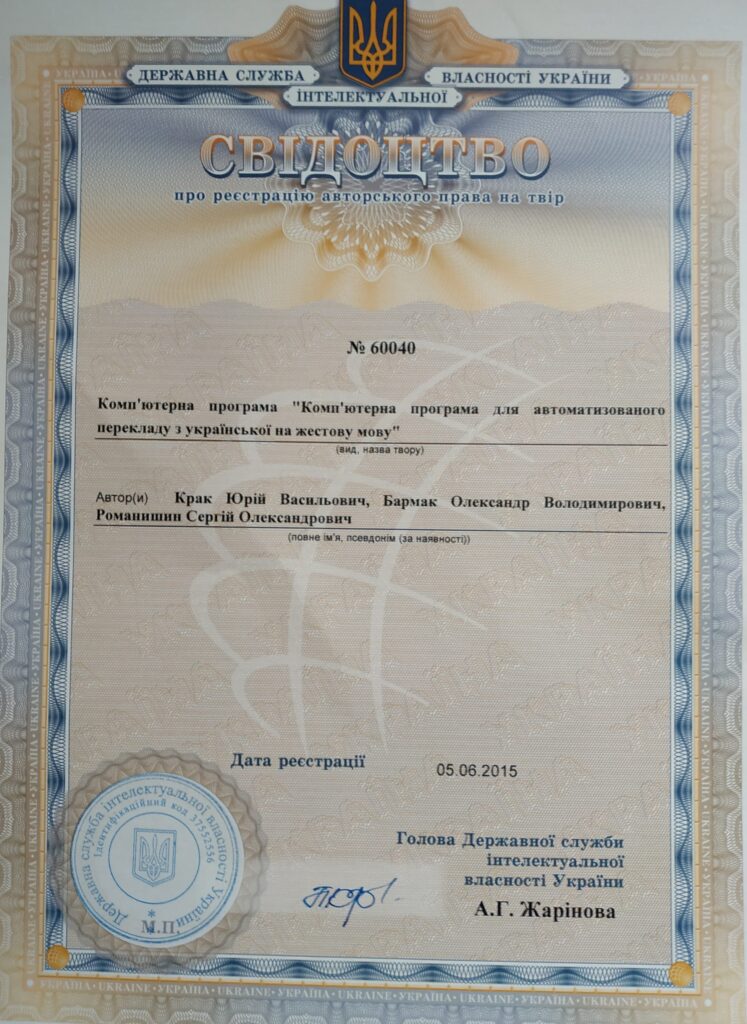
Свідотство № 60040 (Рішення від 05.06.2015 р.) про реєстрацію авторського права «Комп’ютерна програма для автоматизації перекладу з української на жестову мову» (О.В.Бармак, Ю.В.Крак, С.О.Романишин)
НАВЧАЛЬНІ ПОСІБНИКИ
Манзюк Е. А., Бармак О. В., Радюк П. М., Молчанова М. О., Пасічник О. А., Багрій Р. О. Технології створення програмних продуктів. Теоретичний курс та лабораторний практикум: навчальний посібник. Хмельницький, ХНУ, 2024. 306 с.
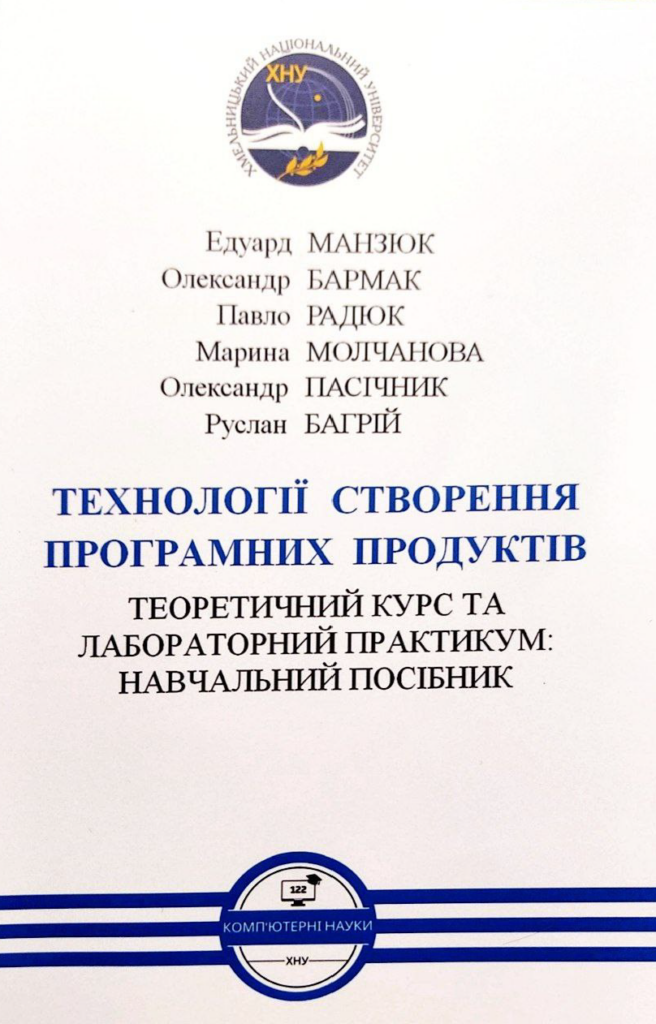
Навчальний посібник ставить за мету сформувати у студентів комплексне розуміння та практичні навички застосування сучасних шаблонів проєктування програмного забезпечення, зокрема шаблонів GoF, принципів GRASP та архітектури корпоративних застосувань, для розробки якісних та адаптивних програмних продуктів, що відповідають сучасним вимогам галузі інформаційних технологій.
У навчальному посібнику представлено широкий спектр сучасних підходів до проєктування програмного забезпечення, включаючи породжуючі, поведінкові та структурні шаблони, шаблони для конкуруючих операцій, а також принципи архітектури корпоративних застосувань. Структура посібника, що складається з теоретичного курсу та лабораторного практикуму, забезпечує комплексний підхід до вивчення матеріалу. Практична частина зосереджена на розробці програмного застосунку для управління особистою інформацією, що дозволяє закріпити теоретичні знання та розвинути необхідні компетентності.
Для здобувачів вищої освіти, які навчаються за освітньо-професійними програмами в межах спеціальності 122 «Комп’ютерні науки», та всіх, хто цікавиться сучасними технологіями створення програмних продуктів.

Бармак О. В., Кліменко В. І., Мазурець О. В., Молчанова М. О., Собко О. В. Основи програмної інженерії та тестування програмного забезпечення. Теоретичний курс та лабораторний практикум: навчальний посібник. Хмельницький, ХНУ. 2024. 236 с.
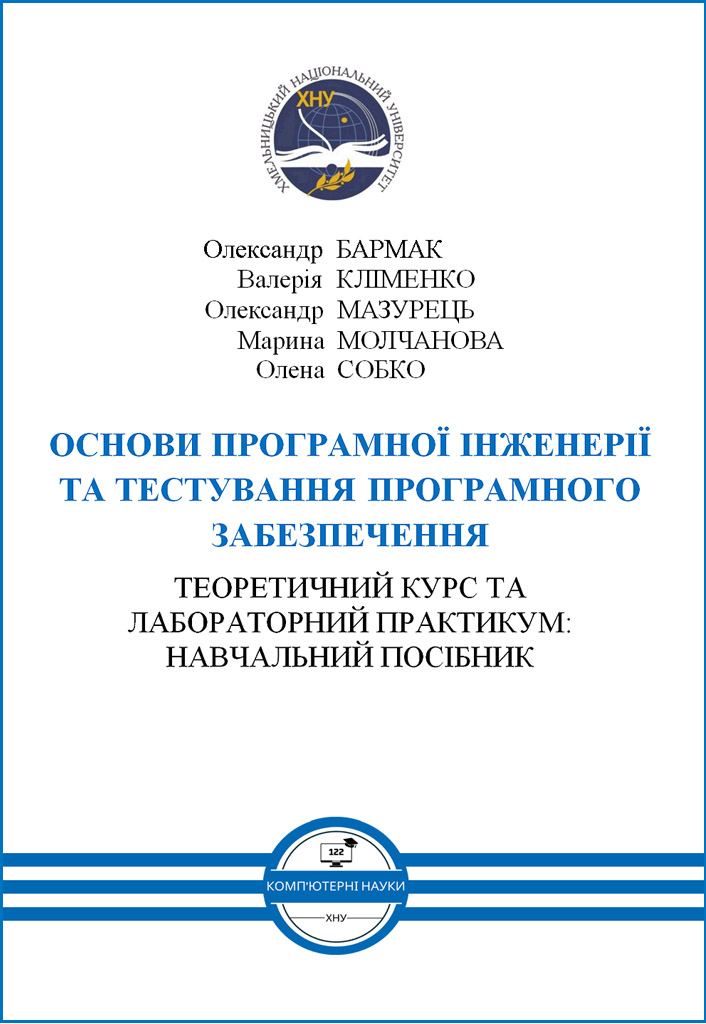
Навчальний посібник ставить за мету сформувати комплексне розуміння основ інженерії життєвого циклу розробки й тестування програмного забезпечення та формування відповідних практичних навичок для їх використання під час розв’язання складних спеціалізованих задач у галузі інформаційних технологій.
У навчальному посібнику знайшли широке відображення сучасні наукові ідеї та інноваційні практики з інженерії й тестування програмного забезпечення, враховано актуальні міжнародні стандарти життєвого циклу програмних засобів. Структура та вміст посібника відповідають новітнім світовим підходам до вивчення основ розробки і тестування програмного забезпечення й сприяють якісній практичній підготовці фахівців у галузі інформаційних технологій.
Для здобувачів вищої освіти, які навчаються за освітньо-професійними програмами в межах спеціальності 122 «Комп’ютерні науки».

Бармак О.В., Манзюк Е.А., Радюк П.М. Теорія алгоритмів. Теоретичний курс та лабораторний практикум: навч. посіб.. – Хмельницький: ХНУ, 2023 – 168 с.
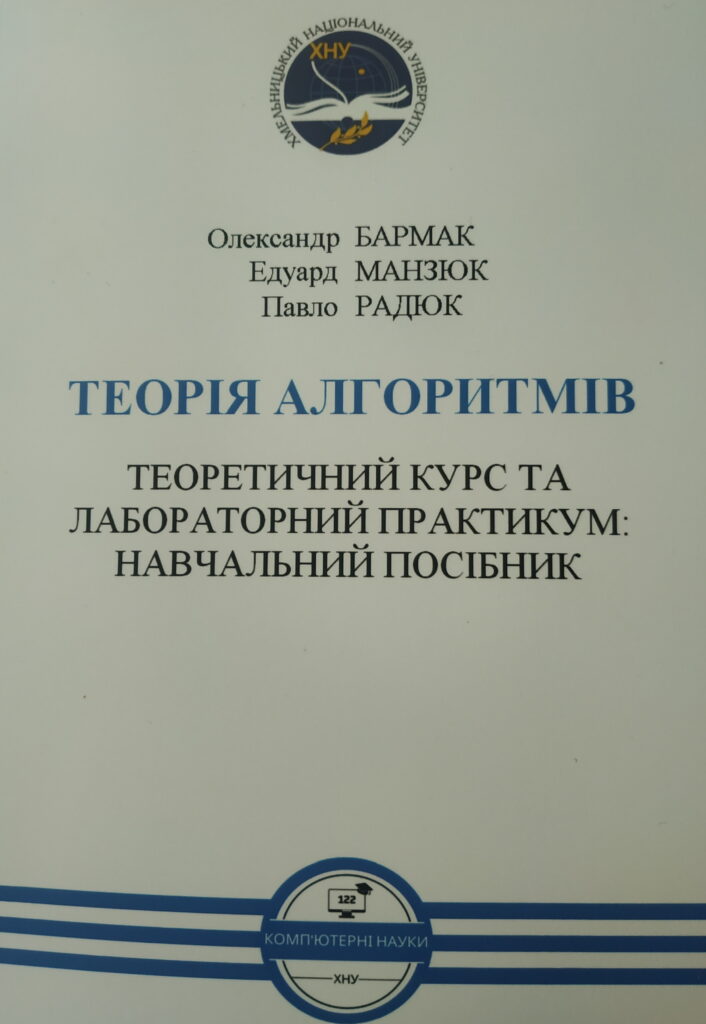
У навчальному посібнику розглядається теоретичний курс та лабораторний практикум з дисципліни «Теорія алгоритмів». Усі теми супроводжуються питаннями для самоконтролю, наведені лабораторні роботи, виконання яких дозволить закріпити викладений матеріал.
Для студентів вищих навчальних закладів спеціальності «Комп’ютерні науки».
